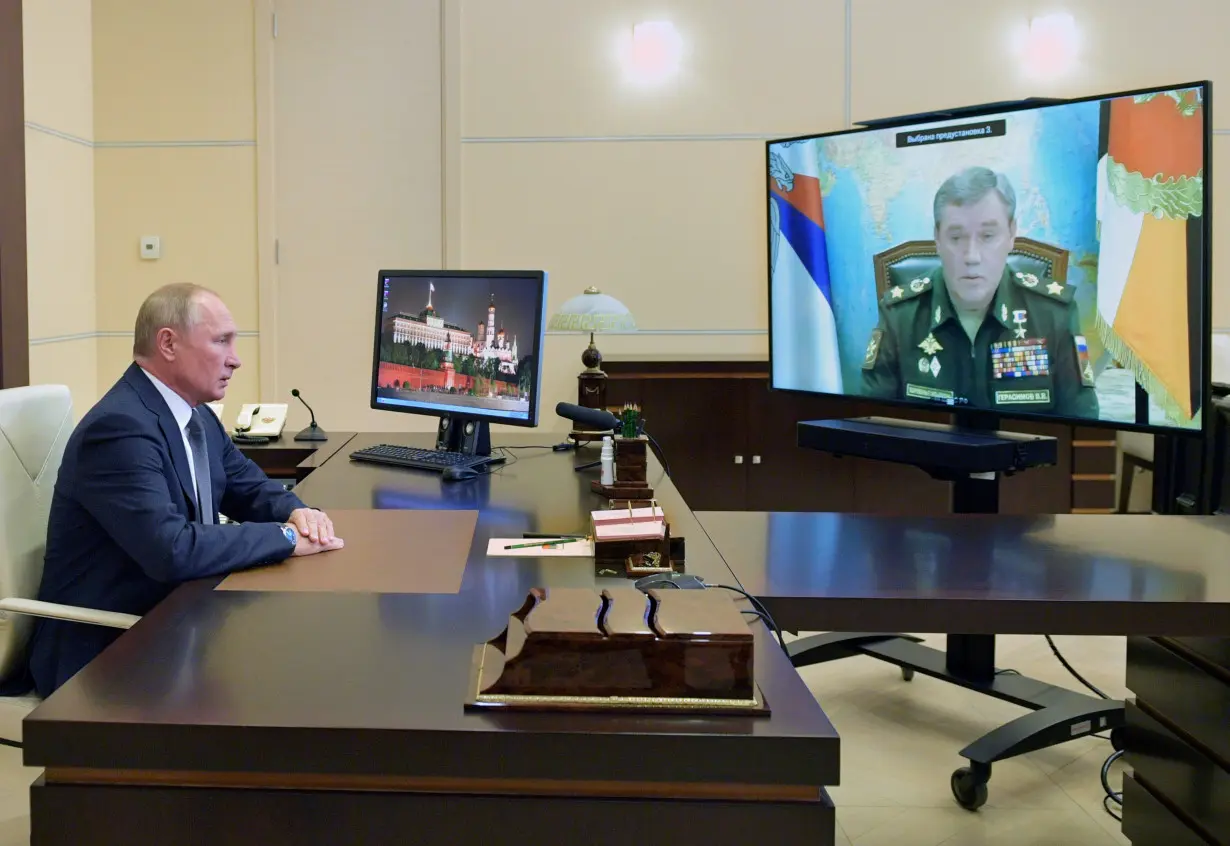By Mark Trevelyan
LONDON (Reuters) - President Vladimir Putin said on Thursday that Russia has successfully tested its new Burevestnik missile.
What is it and why does it matter?
- The Burevestnik, whose name translates as "storm petrel", is a ground-launched, low-flying cruise missile that is not only capable of carrying a nuclear warhead but is also nuclear-powered. Putin first revealed the project in March 2018.
- Its nuclear propulsion gives the missile much longer range than traditional turbojet or turbofan engines that are limited by how much fuel they can carry. The International Institute for Strategic Studies, quoting a specialist Russian military journal in 2021, said the Burevestnik would have a notional range of up to 20,000 km (12,400 miles), so could be based anywhere in Russia and strike targets in the United States.
- The same journal said the notional altitude of the missile was just 50-100 metres (164 to 328 feet), much lower than a conventionally powered cruise missile, which would make it harder for air-defence radar to detect.
- A 2020 report by the United States Air Force's National Air and Space Intelligence Center said that if Russia successfully brought the Burevestnik into service, it would give Moscow a "unique weapon with intercontinental-range capability".
- Development of the missile's nuclear propulsion unit has been a huge technical challenge, involving a number of test failures. In 2019 at least five Russian nuclear specialists were killed in an explosion and release of radiation during an experiment in the White Sea, and U.S. intelligence sources said they suspected it was part of a test of the Burevestnik.
- Western experts long questioned whether the missile would actually enter service. The Nuclear Threat Initiative, a non-profit security organisation, estimated in 2019 that deployment could be a decade away.
- The Nuclear Threat Initiative said the Burevestnik's nuclear propulsion could enable it to stay aloft for days, if needed. "In operation, the Burevestnik would carry a nuclear warhead (or warheads), circle the globe at low altitude, avoid missile defenses, and dodge terrain; and drop the warhead(s) at a difficult-to-predict location (or locations)," it said.
- The development of Burevestnik and other new Russian strategic systems could complicate negotiations between Moscow and Washington on any replacement for the New START treaty that limits the number of nuclear weapons each side can deploy. The future of the pact is in question, as Russia suspended its participation in February, and it is due to expire in 2026.
- Putin did not say when the latest test took place, but the New York Times reported on Monday that it may have been recent, based on movements of aircraft and vehicles at a Russian base in the Arctic.
(Reporting by Mark Trevelyan; editing by Guy Faulconbridge)

 Trump has begun another trade war. Here's a timeline of how we got here
Trump has begun another trade war. Here's a timeline of how we got here
 Canada's leader laments lost friendship with US in town that sheltered stranded Americans after 9/11
Canada's leader laments lost friendship with US in town that sheltered stranded Americans after 9/11
 Chinese EV giant BYD's fourth-quarter profit leaps 73%
Chinese EV giant BYD's fourth-quarter profit leaps 73%
 You're an American in another land? Prepare to talk about the why and how of Trump 2.0
You're an American in another land? Prepare to talk about the why and how of Trump 2.0
 Chalk talk: Star power, top teams and No. 5 seeds headline the women's March Madness Sweet 16
Chalk talk: Star power, top teams and No. 5 seeds headline the women's March Madness Sweet 16
 Purdue returns to Sweet 16 with 76-62 win over McNeese in March Madness
Purdue returns to Sweet 16 with 76-62 win over McNeese in March Madness








